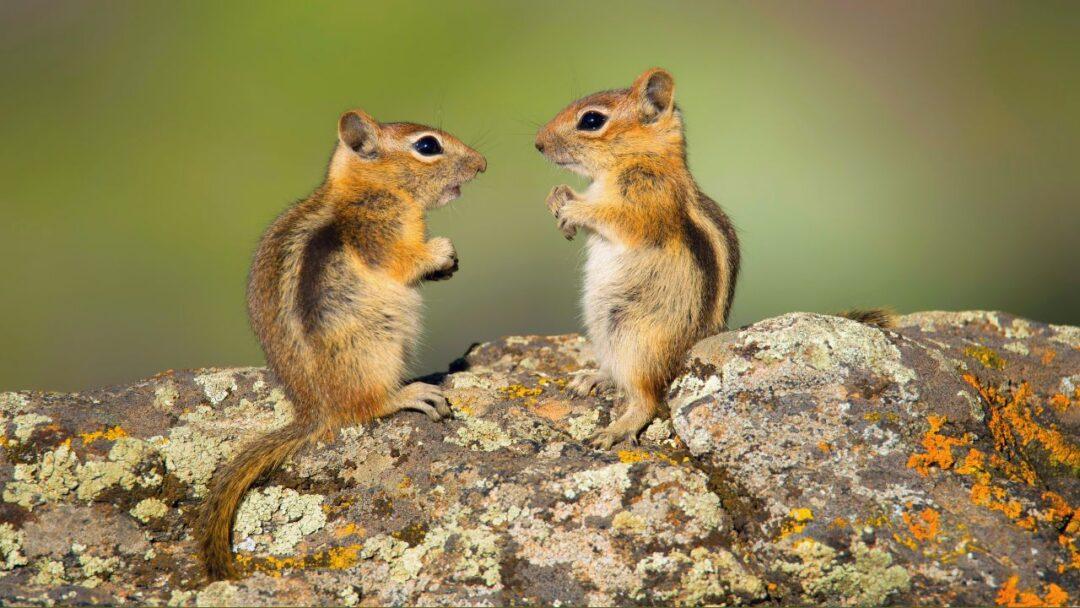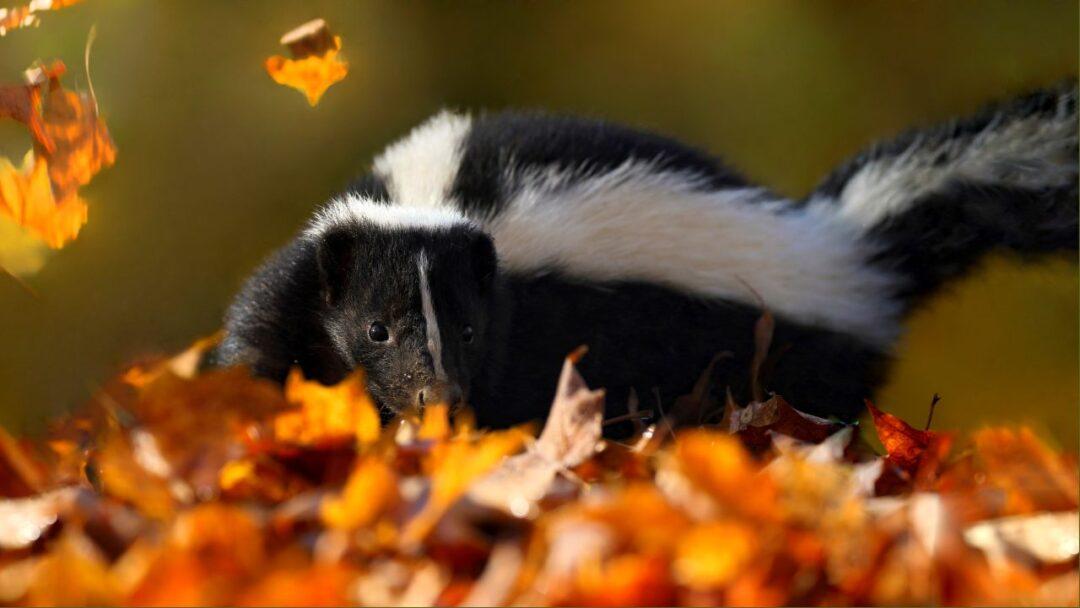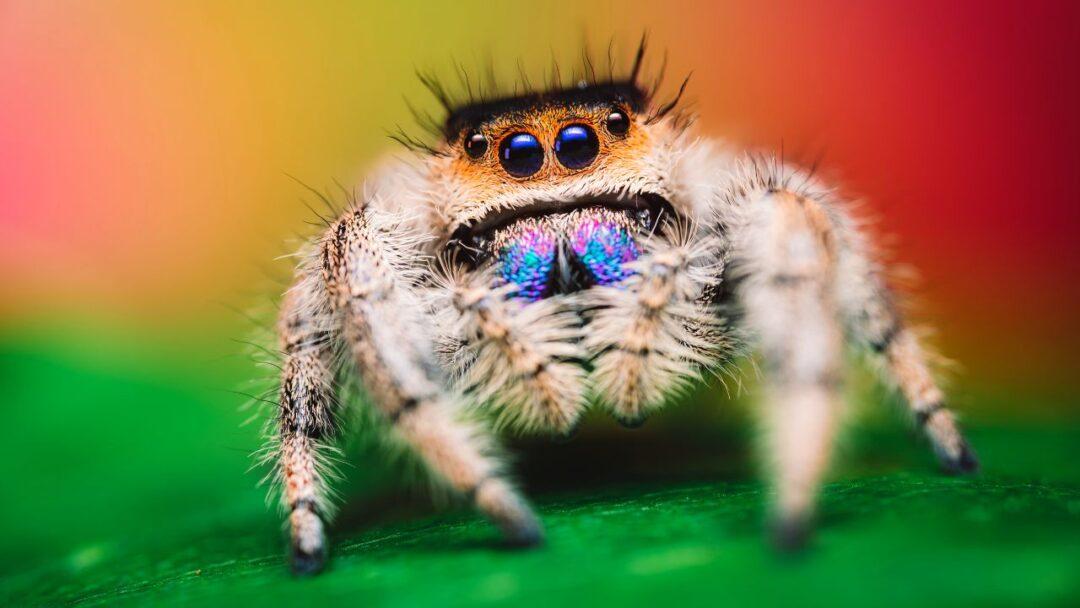Table of Contents

Introduction
Prepare to be transported to the fascinating world of chipmunks, the little and endearing creatures who scurry across our roads. This article will reveal ten surprising and amazing facts about chipmunks, spotlighting each species and digging into their enigmatic character. We will also refute myths about these charming species and investigate their role in the ecology. Prepare to encounter a side of chipmunks you’ve never seen before.
10 Untold or Unbelievable Facts About Chipmunks
- Eastern Chipmunk (Tamias striatus): The eastern chipmunk possesses a remarkable memory, allowing it to recall the precise locations of hundreds of scattered food caches.
- Siberian Chipmunk (Eutamias sibiricus): Siberian chipmunks have the incredible ability to enter a state of torpor, drastically reducing their metabolic rate to conserve energy during harsh winter months.
- Hopi Chipmunk (Neotamias rufus): Found in the southwestern United States, the Hopi chipmunk has adapted to survive in the scorching desert by acquiring water solely from its food and rarely drinking water directly.
- Least Chipmunk (Neotamias minimus): Despite their small size, least chipmunks are known for their impressive climbing skills, effortlessly scaling trees and rocky surfaces.
- Panamint Chipmunk (Neotamias panamintinus): Panamint chipmunks boast striking coat colors, ranging from sandy brown to grayish-blue, perfectly blending with the rocky environments they inhabit.
- Cliff Chipmunk (Neotamias dorsalis): These agile climbers possess an extraordinary adaptation – grooves on their incisors that allow them to scale vertical rock faces with ease.
- Lodgepole Chipmunk (Neotamias speciosus): Lodgepole chipmunks are expert seed dispersers, often playing a crucial role in forest regeneration by burying and forgetting numerous seeds, thus aiding in the growth of new vegetation.
- Palmer’s Chipmunk (Neotamias palmeri): Palmer’s chipmunk has an impressive vocal range, utilizing various calls and chirps to communicate different messages to its counterparts.
- Uinta Chipmunk (Neotamias umbrinus): These elusive creatures have an intriguing habit of constructing multiple burrows, which serve as escape routes and provide protection from predators.
- Yellow-pine Chipmunk (Neotamias amoenus): Yellow-pine chipmunks have a knack for intricate tunnel systems, constructing complex networks of underground chambers that serve as their homes and storage facilities.
Mysterious Facts and Myths
- Myth: Chipmunks and squirrels are related. Although they have some resemblance, chipmunks and squirrels belong to different genuses called Tamias.
- Mysterious Fact: Chipmunks have pouches in their cheeks that allow them to transport vast amounts of food back to their burrows, up to three times their own weight..
Important to Ecosystem
Chipmunks are important members of their ecosystems. They aid in seed dissemination, which promotes forest development and biodiversity. Their burrowing operations also aerate the soil, allowing plant roots to flourish. Chipmunks serve as prey for a variety of predators, providing a healthy food chain in their natural settings.
What is Squirrel and How many species are there?
Squirrels are an interesting and diverse species of small to medium-sized rodents found all over the world. They have over 280 known species, and their unique adaptations and behaviors have attracted both experts and nature enthusiasts. However, one fact stands out among the plethora of unique squirrel characteristics and may surprise the unwary reader.
Squirrels have established their presence in nearly every ecosystem imaginable, from the woods of North America to the jungles of South America, and from the savannas of Africa to the treetops of Asia. They have adapted and thrived in a variety of settings, demonstrating a remarkable capacity to cross both natural and urban environments.
What truly astounds is the incredible diversity of squirrel species found around the world. These rodents have evolved into an astounding variety of forms, colors, and sizes, ranging from the well-known gray and red squirrels to the more unusual flying squirrels and pygmy squirrels.
The amazing pygmy squirrel is one surprising truth that often leaves people in wonder. The Pygmy Squirrel (Exilisciurus) is one of the tiniest squirrel species on the planet, hailing from the tropical jungles of Southeast Asia. It epitomizes the concept of extreme miniaturization within the squirrel family, measuring only 10 centimeters or less, including its tail. The idea of a squirrel so small and frail is a startling revelation that calls into question our preconceived beliefs about these endearing creatures.
This astounding fact emphasizes not only the tremendous diversity of squirrels, but also the wonders of nature’s evolutionary processes. It reminds us that even among seemingly familiar animal groupings, there are hidden surprises waiting to be unearthed, providing a glimpse into the incredible world we share with these extraordinary creatures.
What is a chipmunk?
Chipmunks are little, energetic rodents that are related to squirrels. They are distinguished by their distinctive markings, which include stripes on their backs and bushy tails.
Where do chipmunks live?
Chipmunks are endemic to North America, where they can be found in a range of environments such as woods, woodlands, and suburban areas. They dig extensive underground burrow systems for shelter and storage.
What do chipmunks eat?
Chipmunks eat a wide variety of foods, including nuts, seeds, berries, fruits, insects, and occasionally small vertebrates. They have been observed gathering and storing food in their burrows throughout the winter months.
How do chipmunks communicate?
Chipmunks communicate through a combination of vocalizations, body movements, and scent marking. They use chirps, chatters, and trills to communicate with each other and alert others of potential threats.
Do chipmunks hibernate?
Chipmunks do not hibernate like some other rodents. Instead, they enter a state of torpor, which is a deep sleep that lasts for a few days at a time during colder months. They wake up periodically to eat from their food stores.
Are chipmunks harmful to gardens or homes?
While chipmunks are generally harmless, they can sometimes cause damage to gardens by digging burrows and eating plants. Occasionally, they may find their way into homes, seeking shelter or food. Proper fencing and sealing entry points can help prevent such issues.
How long do chipmunks live?
On average, chipmunks live for about 2 to 3 years in the wild. However, some individuals can live up to 8 years, depending on the species and environmental conditions.
Are chipmunks good climbers?
Yes, chipmunks are excellent climbers. They use their sharp claws and strong limbs to scurry up trees and navigate through branches. Their agility allows them to move swiftly and escape from predators.
Do chipmunks have any predators?
Chipmunks have various predators, including hawks, owls, snakes, foxes, and domestic cats. Their natural coloration and ability to blend into their surroundings help them evade predators.
Can chipmunks be kept as pets?
While some people may keep chipmunks as pets, it is not typically suggested. Chipmunks are wild creatures with unique care needs and natural behaviors that might be challenging to meet in a domestic setting. It is better to admire them in their natural environment.
Conclusion
Chipmunks continue to captivate us with their lovable appeal and amazing agility. Each species has unique characteristics, ranging from their incredible memory to their unique adaptations. We can appreciate the crucial role these charismatic creatures play in the natural world by recognizing their value throughout ecosystems and eliminating prevalent misunderstandings.
10 Fascinating Facts About Badgers : NEXT POST




